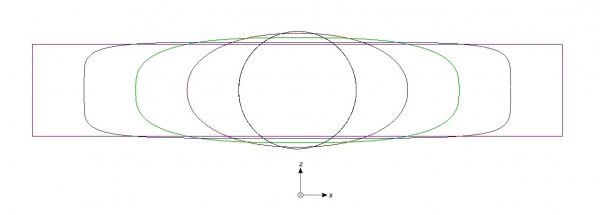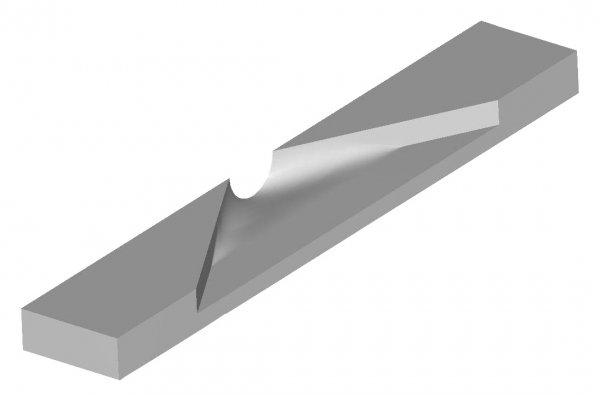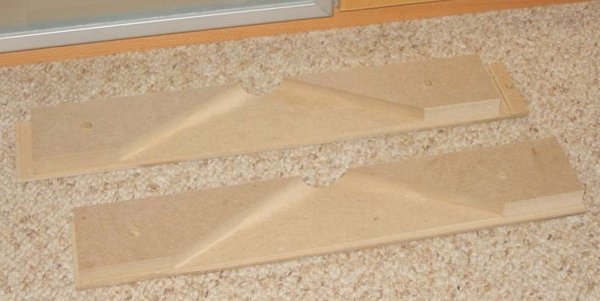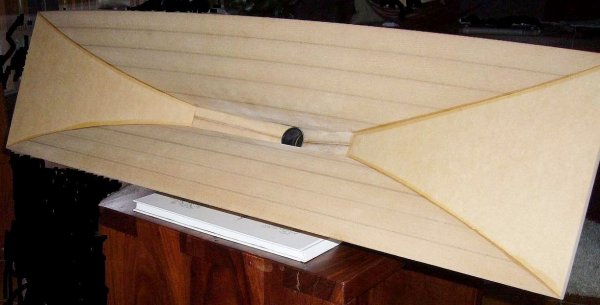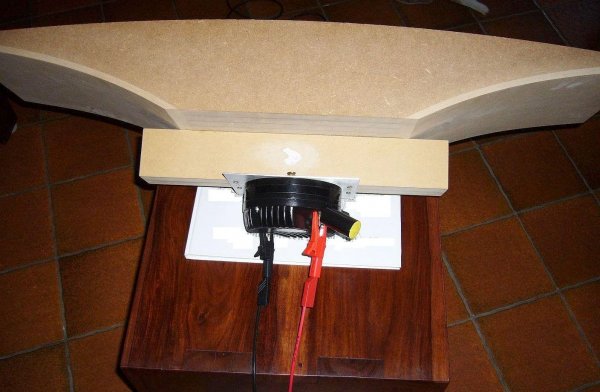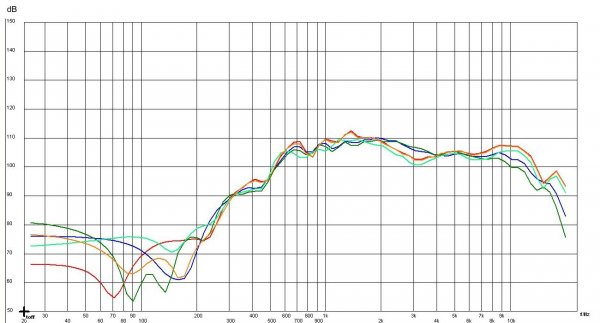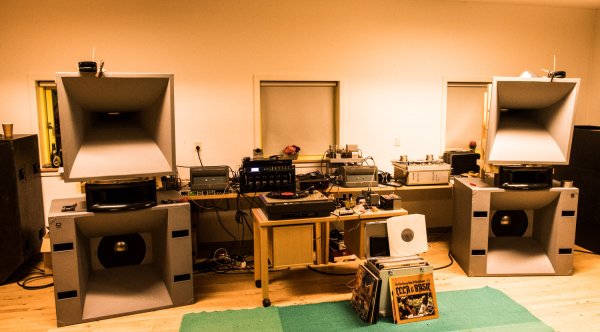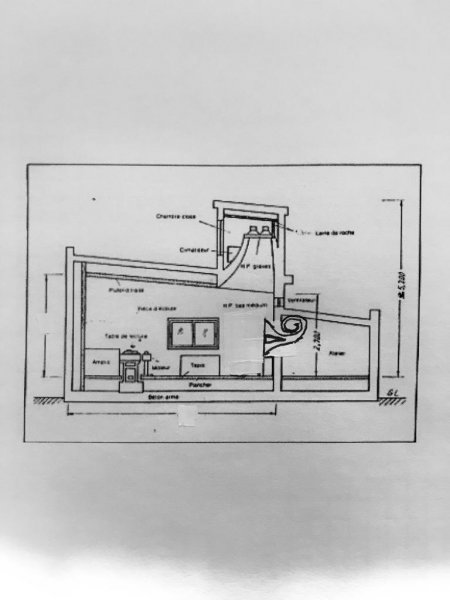I definitely dream of one day building the ultimate system and room. I see what some of these crazy guys do with truly giant custom horn installations and they make me drool, but (like most of us) I've never had an opportunity to hear one of these crazy systems (see pics).
But I'm guessing at least a few of you have and others probably possess some theoretical engineering knowledge around the issues these giant horn systems might create, but I've never seen a thread that discusses the sonic pro's and con's of these systems.
Would love to hear some thoughts (even if it is just some pontificating on theory) regarding these types of installations. Let's discuss.
But I'm guessing at least a few of you have and others probably possess some theoretical engineering knowledge around the issues these giant horn systems might create, but I've never seen a thread that discusses the sonic pro's and con's of these systems.
Would love to hear some thoughts (even if it is just some pontificating on theory) regarding these types of installations. Let's discuss.







